Garden Journal Ideas: Creative Tips for Tracking Your Growth
Gardening is a rewarding hobby that lets you connect with nature and witness the fruits of your labor. Keeping a garden journal can be a wonderful way to document your gardening journey, helping you remember what worked well and what didn’t. Why should you start a garden journal? It can help you plan, record, and celebrate your gardening successes.
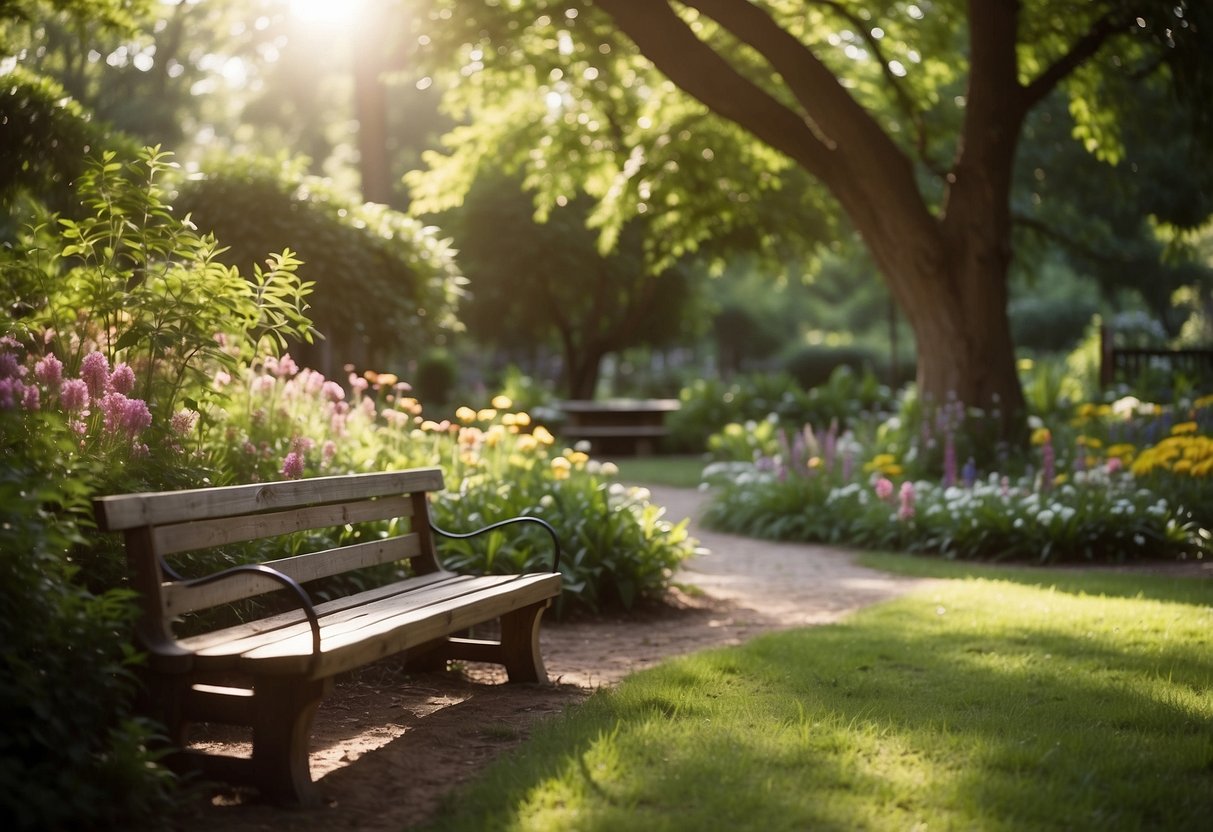
A garden journal can be as simple or detailed as you like, and it can be customized to fit your specific needs and interests. From noting down the planting dates to tracking the growth progress of your plants, a journal is an invaluable tool for both beginners and experienced gardeners. By capturing your observations, you create a helpful guide for future gardening endeavors.
1) Daily Weather Logs

Keeping track of daily weather in your garden journal can help you see patterns.
Make a note of temperature, rainfall, and any extreme weather.
These details can help you understand how weather affects your plants over time.
Reviewing your logs might even help you predict what to expect next season.
Recording this info can be simple yet very useful.
2) Plant Growth Tracker

Keeping a plant growth tracker in your garden journal is a great idea. It helps you see how your plants change and grow over time.
You can write down simple notes about each plant’s height, food, and water needs. Adding photos makes it even easier to see progress.
Include dates for when you planted seeds and the first signs of growth. Over time, you’ll have a detailed record of your garden’s progress. This can help you plan future gardens better. For ideas on tracking plant growth, visit this guide on garden journals.
3) Seasonal Bloom Schedule

A seasonal bloom schedule helps you track when different plants in your garden will bloom. This can help you plan your garden so something is always in bloom.
Start by listing the plants you have or plan to add. Write down their bloom times for each season.
You can also note color and height. This helps you arrange plants for the best visual impact and ensure a lively garden year-round.
4) Inspirational Gardening Quotes

Gardening isn’t just about plants; it’s about finding joy and peace. Inspirational quotes can lift your spirits.
“To plant a garden is to believe in tomorrow.” – Audrey Hepburn
“Gardening is an instrument of grace.” – May Sarton
“Hands in the dirt, head in the sun, heart with nature.” – Alfred Austin
These quotes remind you why you love gardening. They inspire you to nurture both your plants and yourself.
For more uplifting quotes, visit this site.
Happy gardening!
5) Gardening To-Do List

Keeping a gardening to-do list can help you stay organized. Start by noting tasks like watering plants, weeding, and pruning.
Add seasonal tasks to your list too. For example, in spring, you might plant new seeds, while in fall, you might prepare your garden for winter.
Include reminders for fertilizing plants and checking for pests. This way, your garden stays healthy and vibrant.
6) Pest and Disease Journal
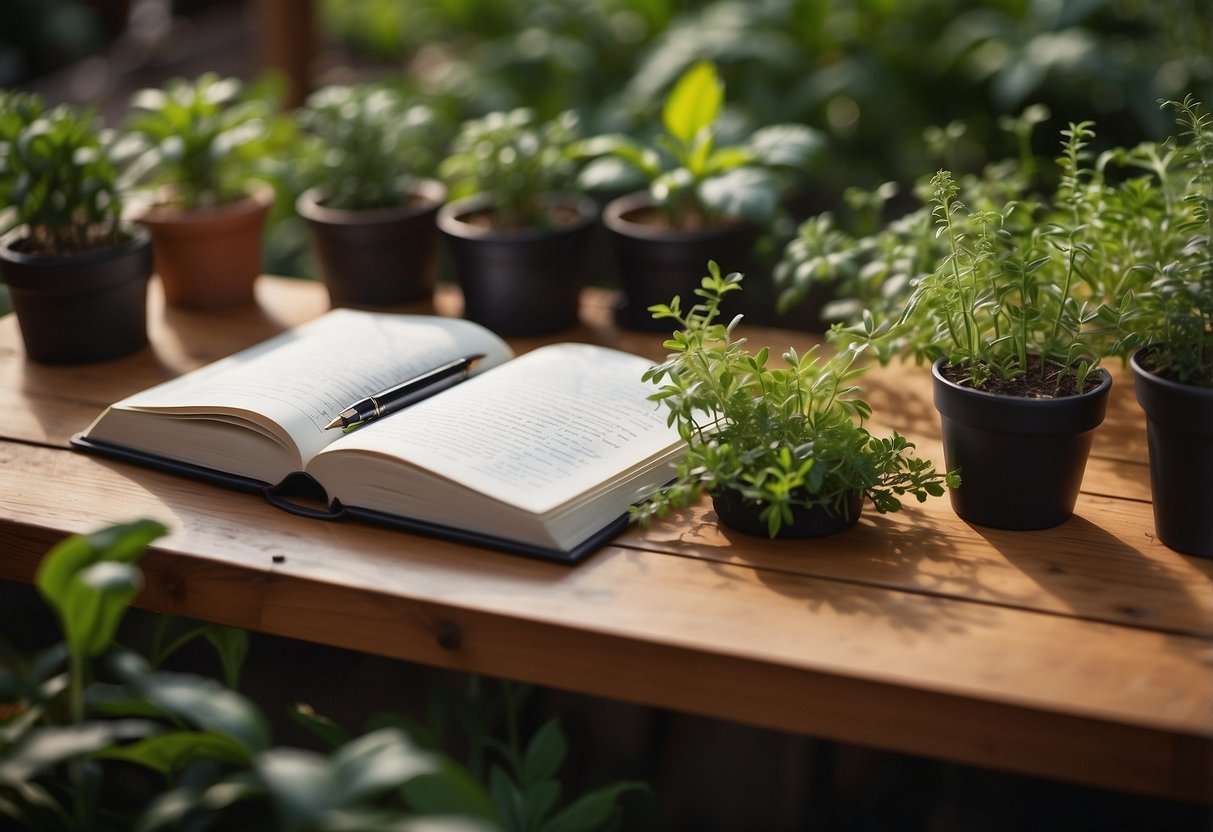
Keeping a pest and disease journal helps you maintain a healthy garden. Note any insects, fungi, or plant pests you see.
Write down what you observe, including where and when you spotted them.
Record any solutions or treatments you used and their effectiveness.
This can guide you in preventing issues in the future.
7) Garden Layout Sketches

Drawing garden layout sketches can be fun and very helpful. You can start by sketching the current layout of your garden. Label each area and note down what is planted there.
Another great idea is to draw how you imagine your garden will look at its peak. Use colors to differentiate the variety of plants.
Check out more tips on crafting a garden journal at Crafting a Green World and Erin Condren.
8) Soil Health Records
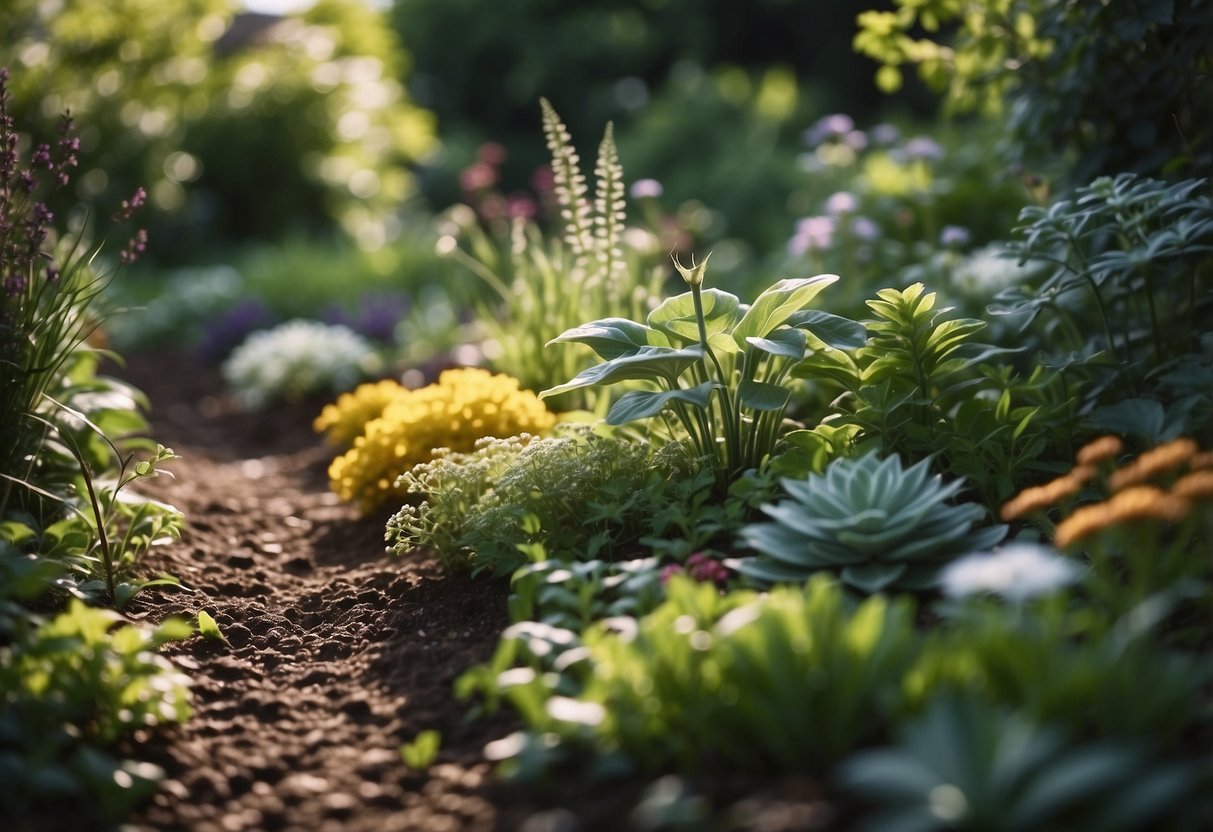
Keeping track of your soil health is important for a thriving garden. Start by recording the pH level of your soil. This helps you understand what plants will grow best.
Note the type of soil you have, whether it’s sandy, clay, or loamy. Each type has different needs for water and nutrients.
Record any soil amendments you add, like compost or fertilizer. This will help you see what makes your plants grow best. Don’t forget to include dates and quantities for accuracy!
Monitoring your soil health ensures your garden stays productive and beautiful.
9) Monthly Garden Reflections
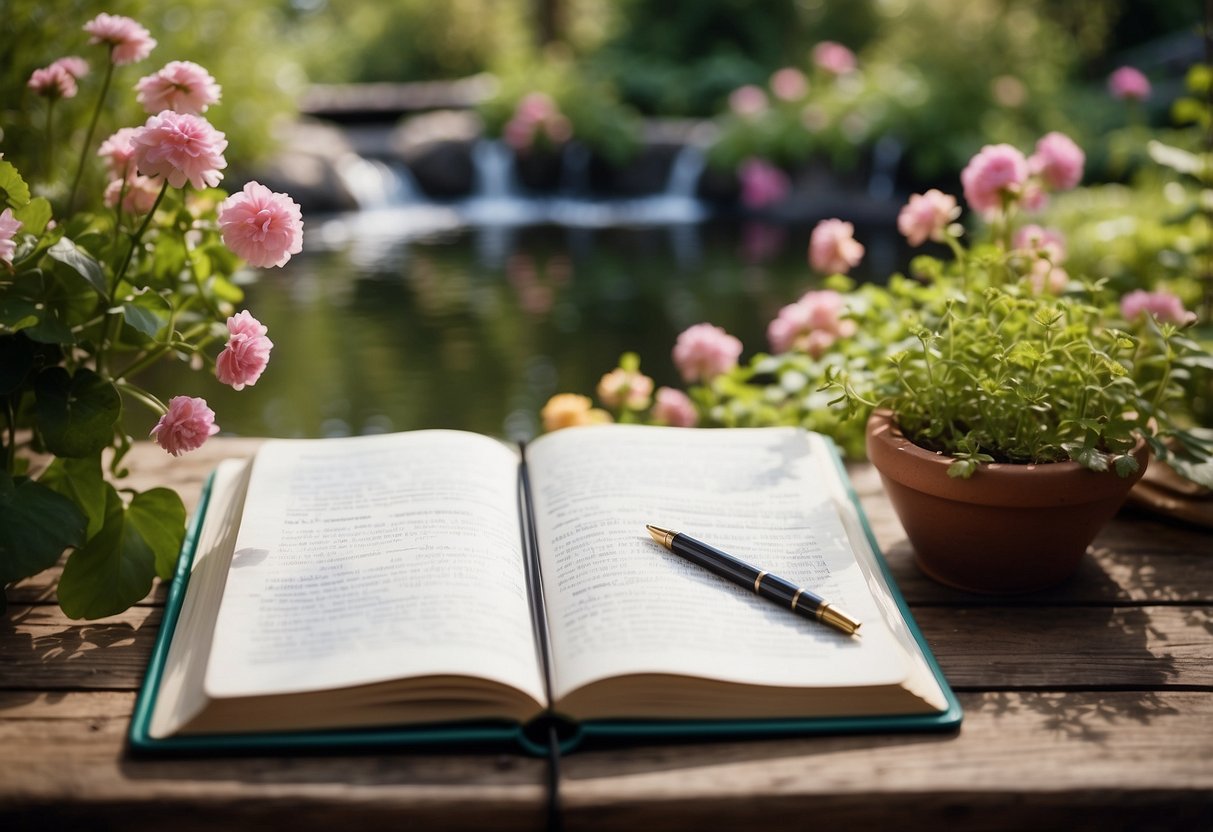
Take some time each month to jot down your thoughts on your garden’s progress.
Reflect on what worked well and what didn’t. This can help you make better decisions next season.
Include notes on weather changes, plant health, and any pests you observed.
These reflections are great for learning and improving your gardening skills.
10) Favorite Plant Profiles
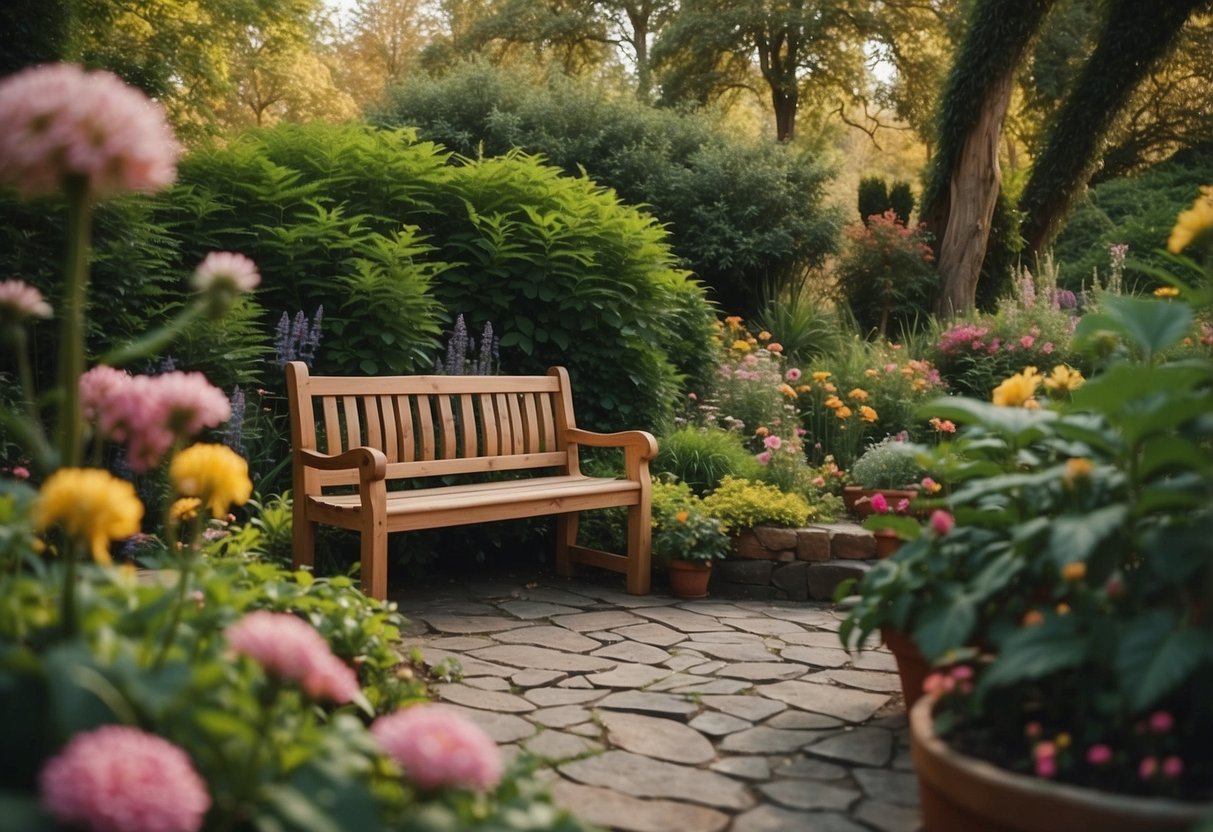
Create a section in your garden journal for your favorite plant profiles. Choose plants that you love the most.
Include details like the plant’s name, type, and variety. Write a short description of why you love this plant and any special memories you have with it.
Add care tips, sunlight needs, watering schedules, and any pests to watch out for. Include photos, sketches, or pressed flowers for a personal touch.
Over time, you’ll have a beautiful record of your favorite plants and their journey in your garden.
Why Keep A Garden Journal

Keeping a garden journal helps you track your plants’ progress, plan for future gardening tasks, and learn from your experiences. It becomes a valuable tool over time as you gather more information about your garden.
Tracking Plant Growth
A garden journal allows you to monitor how your plants develop over time. You can note important details like when you planted seeds, when they sprouted, and the overall health of the plants.
Include observations on plant height, leaf growth, and flowering times. Regular updates help you understand growth patterns. This documentation can assist you in deciding what plants perform best in your garden and identify any issues early.
Planning Seasonal Activities
With a garden journal, you can organize and plan your gardening tasks throughout the year. Use it to keep track of key dates for planting, watering, fertilizing, and harvesting.
You can create a timeline or calendar in your journal to ensure you stay on schedule. This helps you avoid missing important planting windows and ensures your garden stays productive and healthy. You can also note when to buy supplies or prepare soil.
Recording Lessons Learned
A garden journal is also useful for noting down successes and failures. This helps you learn from your experiences and improve your gardening techniques over time.
Write down what worked well and what didn’t, including details about soil conditions, weather impact, and pest problems. This information is valuable for future gardening decisions. Having a record of what you’ve tried and the results will help you refine your approach and become a better gardener.
Creative Garden Journal Ideas

Explore different ways to document your gardening journey, from capturing stunning photos and making sketches to adding a charming touch with pressed flowers. Let your creativity flourish as you track your garden’s progress and beauty.
Visual Journaling with Photos
Taking photos of your garden can add a vivid touch to your journal. Start by snapping pictures of your plants at different stages. Capture the blooming flowers, freshly planted seeds, and even the messy parts.
Print out your photos and attach them to your journal pages. Use themed stickers or washi tape to decorate around the pictures. You can also add notes beside each photo to remind yourself of planting dates, growth progress, or any special moments.
Consider organizing your photos by month or season. This will help you see how your garden changes over time and let you reflect on your gardening experiences.
Using Drawings and Sketches
Drawing and sketching your garden is a lovely way to personalize your journal. Sketch the layout of your garden beds and label each area with the names of the plants. This will help you remember what you planted where, especially if you have a large garden.
Try drawing how you imagine your garden will look at its peak. Use colored pencils or markers to show the different plants and their arrangements. This can be a fun pre-season project and help with planning.
You don’t have to be an artist to enjoy sketching. Simple, rough sketches can be just as meaningful. Draw the changing seasons, weather, or garden critters you encounter.
Incorporating Pressed Flowers
Pressed flowers can make your garden journal bloom with life. Choose small, flat flowers that will press well, such as pansies or violets. Place them between sheets of paper, inside a heavy book, and let them dry.
Once pressed, use glue or adhesive tape to attach the flowers to your journal pages. Add notes about where and when you picked the flowers. This can help you track the bloom times of different plants.
Pressed flowers can also be used to decorate the borders of pages or create pretty cover designs. They bring a tactile and visual element that photos and sketches can’t quite match, making your journal truly unique.







